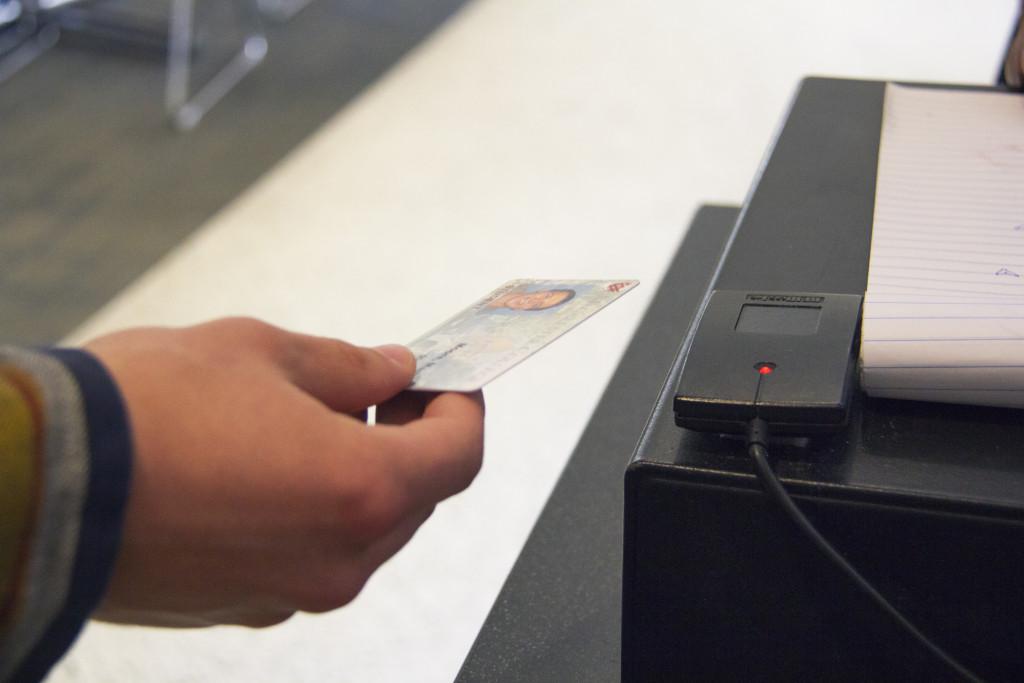


LOREA achieves this by: First, generating narrow-band backscatter transmissions that improve receiver sensitivity. We present LOREA an architecture consisting of a tag, a reader and multiple carrier generators that overcomes the power, cost and range limitations of existing systems such as Computational Radio Frequency Identification (CRFID). In this paper, we demonstrate that this is not necessarily the case for some devices equipped with backscatter radios. There is the long-standing assumption that radio communication in the range of hundreds of meters needs to consume mWs of power at the transmitting device.
Rfid reader app for mac mac#
In the measurement campaigns, the metric of TRP is employed, given as tag response probability distribution, which can be used for modeling the MAC layer. If not, tag identification will be delayed, while at the same time unnecessary energy waste will occur. To investigate the influence and to define related research challenges in the RFID domain, this work provides the idea of the required measurements by using SDR technology, while arguing that PHY and MAC layers should be looked at integrally. However, the literature exhibiting RFID performance shows that tag responsiveness is stochastic, while this has been often neglected when considering the throughput.

To increase DFSA throughput (the number of read tags in the unit of time) and thus speed up tag identification, simple calculations show that the number of tags should equal the frame size. Currently, commercial reader solutions adopt DFSA protocol as a simple MAC that manages the communication between a reader and multiple tags. In dynamic RFID scenarios, such as smart shops or industrial surroundings, it is crucial to identify every good, with an applied RFID tag, before it leaves the interrogation area. RFID has become an enabling technology for IoT implementation. These results illustrate how LoRea outperforms state- of-art backscatter systems and CRFID platforms. In indoor environments, where the signal traverses several walls separating the reader and the backscatter tag, LoRea achieves a range of 30 m. We evaluate LoRea experimentally and find that it achieves a communication range of up to 225 m in line-of-sight scenarios. LoRea also purposefully operates at lower bi- trates than recent backscatter systems which enables high sensitivity and longer range. Together these methods reduce cost and complexity of the reader. Decoupling carrier generation also enables the use of deployed infrastructure of smartphones and sensor nodes to provide the carrier signal. LoRea also decouples the carrier generation from the reader, helping to further decrease self-interference.

LoRea builds on recent work that frequency-shifts backscatter transmissions away from the carrier signal to reduce self- interference. LoRea achieves this by diverging from existing designs of CRFID readers and more specifically, how self-interference is tackled. This paper presents LoRea, a backscatter reader that achieves an order of magnitude higher range than existing CRFID readers, while costing a fraction of their price. However, several factors have impeded their wide-spread adoption: low communication range, low throughput, and expensive infrastructure - CRFID readers usually cost upwards of $1000. Computational RFID (CRFID) platforms have enabled reconfigurable, battery-free applications for close to a decade.


 0 kommentar(er)
0 kommentar(er)
